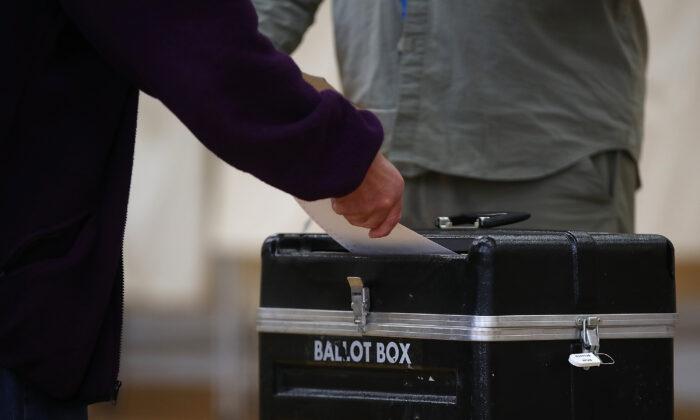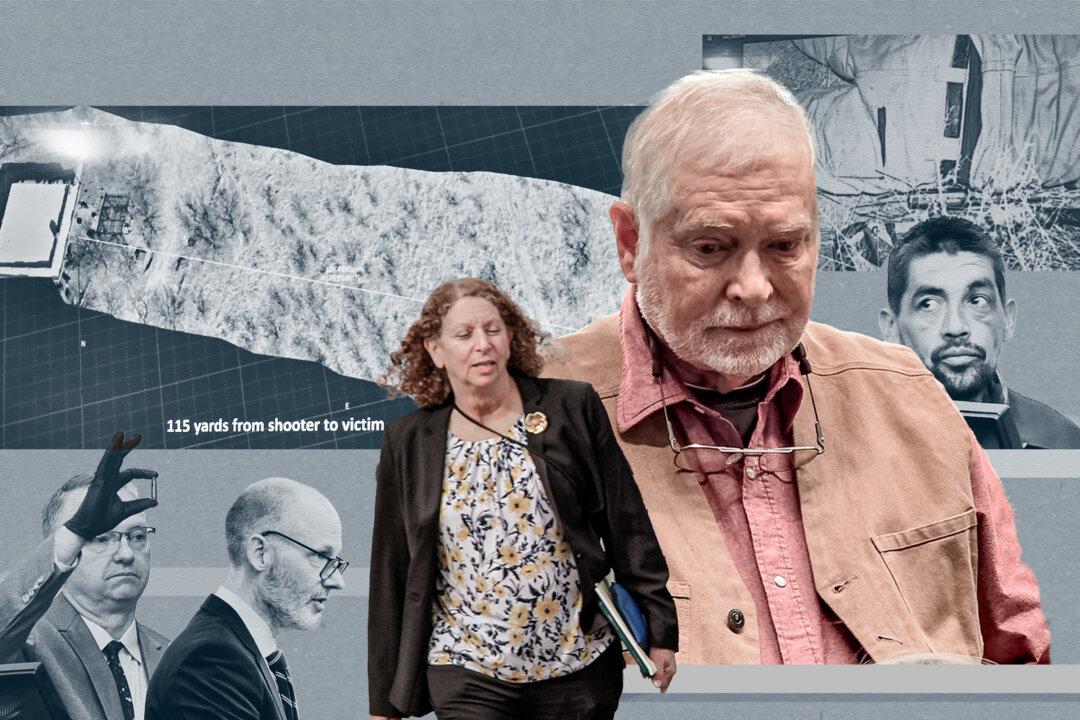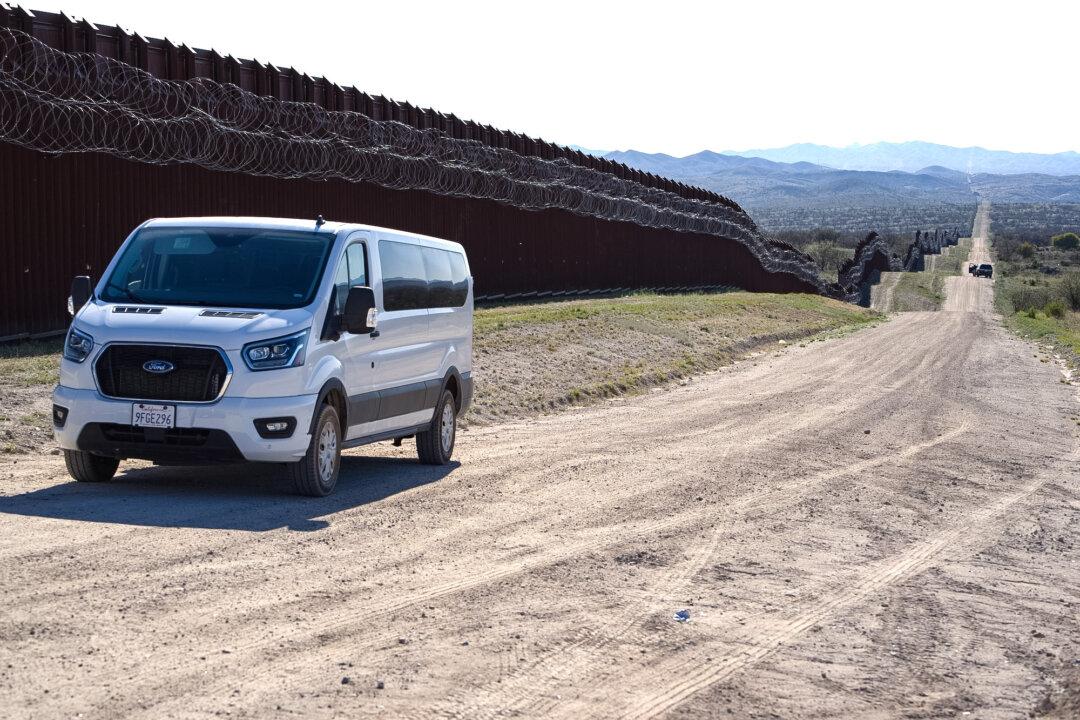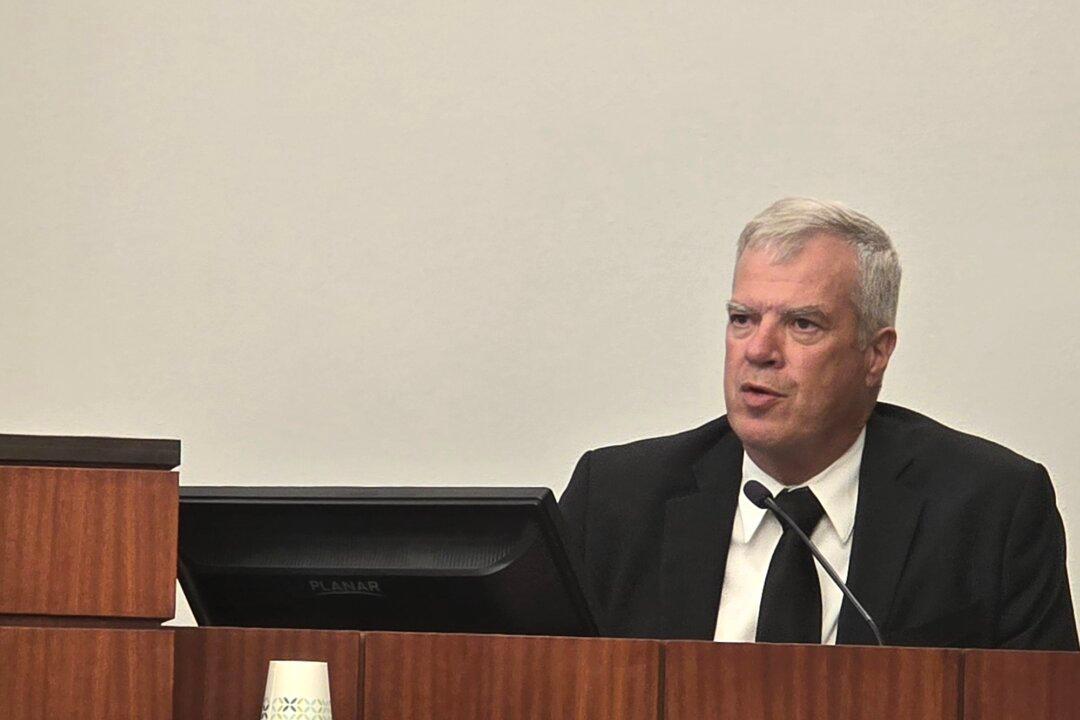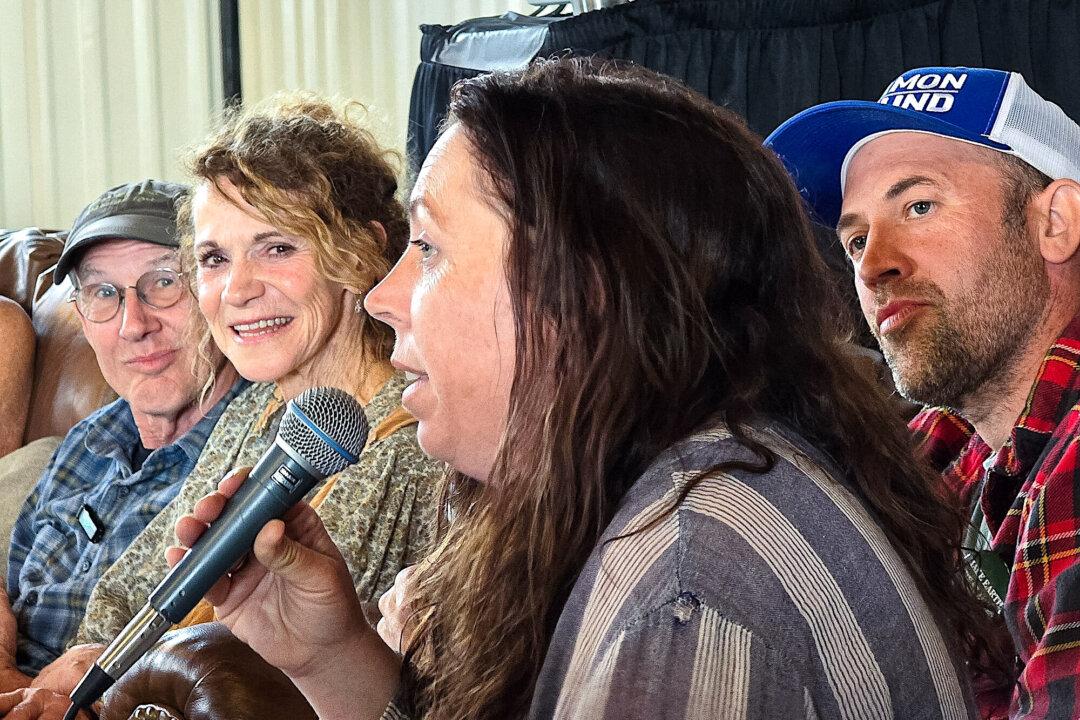MISSOULA, Mont.—A total of 5 percentage points separate former U.S. Interior Secretary Ryan Zinke and his closest Republican rival, former Montana Sen. Al Olszewski, in a hotly contested race for the Republican congressional nomination in Montana’s Congressional District 1 primary оn June 7.
With 28 percent of the vote reported at 6:20 p.m. ЕТ on June 8, Zinke led with 41.4 percent. Olszewski trailed with 39.9 percent. These results reflect about 95 percent of counted ballots.
On the Democratic side, Missoula attorney Monica Tranel is the projected winner with 65.1 percent of the vote, against Cora Neumann, a public health and lands advocate, with 26.7 percent.
In Montana’s geographically more extensive Congressional District 2, incumbent U.S. Rep. Matt Rosendale (R-Mont.) is the projected winner by an overwhelming margin with 75.7 percent of the vote over his closest rival, Billings pharmacist Kyle Austin, with 12.3 percent.
In the District 2 Democratic primary, Billings councilwoman Penny Ronning runs unopposed with 58.5 percent of the vote. However, the late Montana state Sen. Mark Sweeney, a Democrat who died May 4, is still on the ballot, with 22.8 percent.
The statewide primary featured 47 state legislative races, including the two U.S. congressional races in two new districts that the Montana Districting and Apportionment Committee approved in November based on 2020 census data. Each legislative district has about 700,000 residents.
Under the new configuration, Rosendale will no longer represent the state as a whole, as he has done since his election in 2020.
Rosendale was the projected frontrunner in heavily Republican District 2, outstripping his party rivals in campaign financing—$2.5 million—name recognition, and obtaining the endorsement of the Montana Republican Party.
In left-leaning District 1, which includes Missoula, Trump-backed Zinke ran on a solidly conservative platform. However, he faced investigations of alleged ethics violations that prompted his resignation as Trump’s interior secretary in 2018.
Zinke also faced criticism for allegedly using his position to undermine Montana’s environmental protections. The former Navy SEAL also came under fire on social media, with some opponents questioning his military service in Iraq.
Zinke ran a strong campaign targeting inflation under the Biden administration and the crisis at the southern border with Mexico. He also promised strong support for veterans and improving access to public lands for hunting and fishing to woo those voters.
U.S. Air Force veteran Olszewski hoped to unseat Zinke, if not with Trump’s backing, then on his staunch support of the Second Amendment amid the ongoing assault on gun ownership by Democrats.
He also vowed support for law enforcement in a time of police defunding and better management of Montana’s federal lands.
Mitch Heuer ran his campaign on a foreign policy position of “walking tall, speaking softly, and carrying a big stick with Russia.”
Opposed to the “liberal-socialist agenda,” Heuer promised to use his business to develop ways to prevent the wave of mass shootings plaguing the nation.
Zinke’s other opponents included conservative pastor Mary Todd and Matt Jette.
Ballots were cast in person and by mail-in absentee in the primary. Montana currently has about 741,000 registered voters out of a population of more than 1 million people. The state is the nation’s 48th most populous, covering a land mass of 145,552 square miles.
In Missoula, the city elections division issued 60,042 ballots, and 24,166 votes (30 percent) had been returned, according to an election official.
All primary winners will advance to the general election on Nov. 8.
